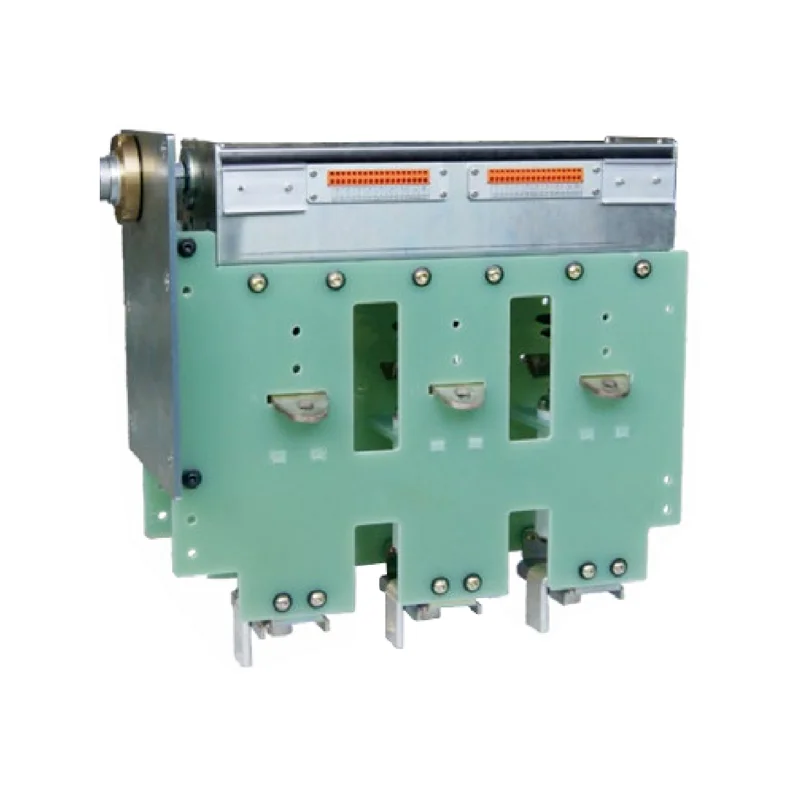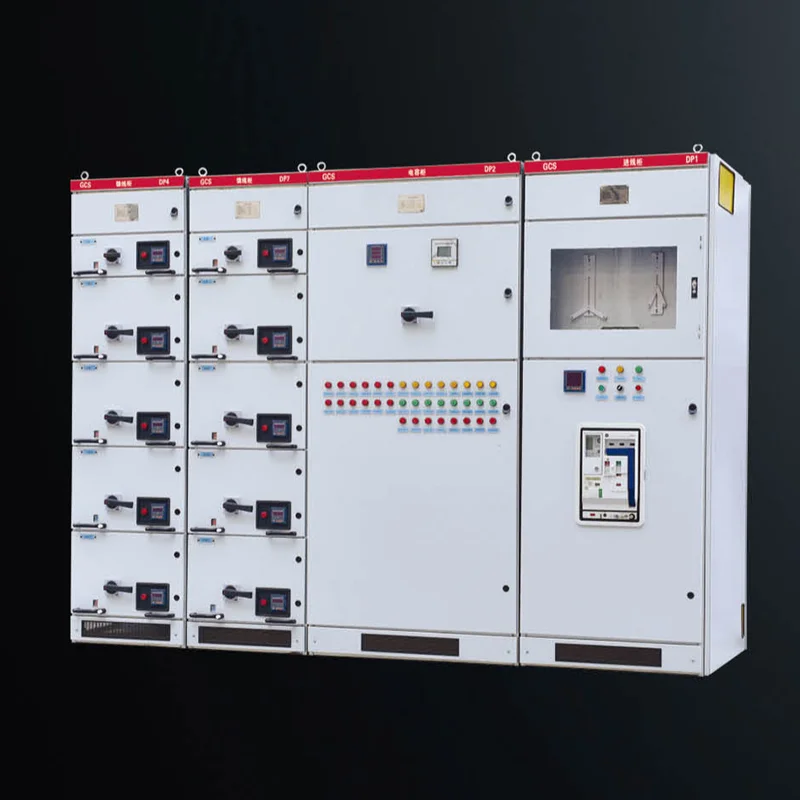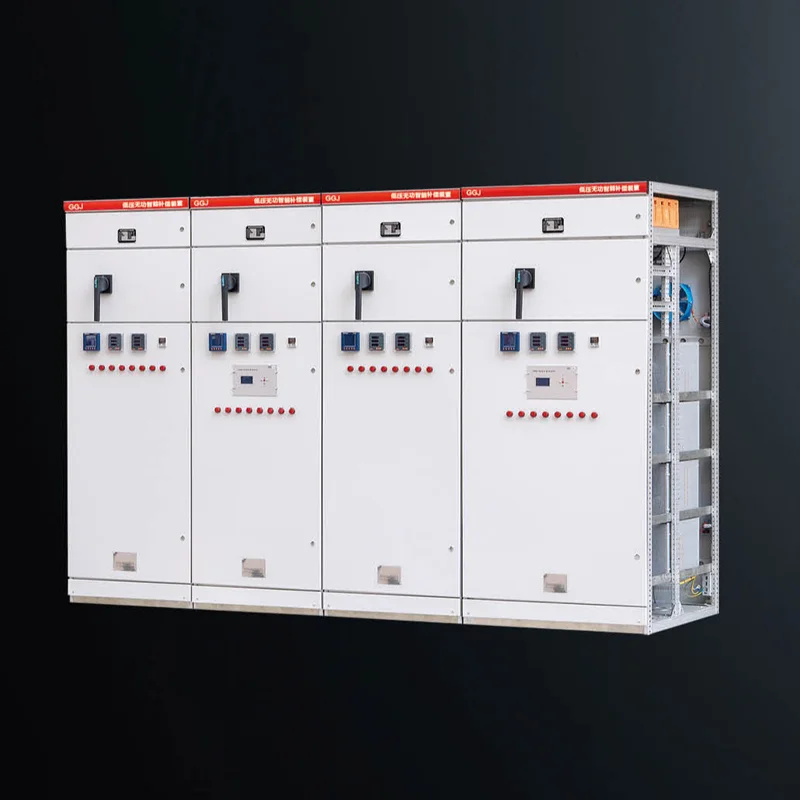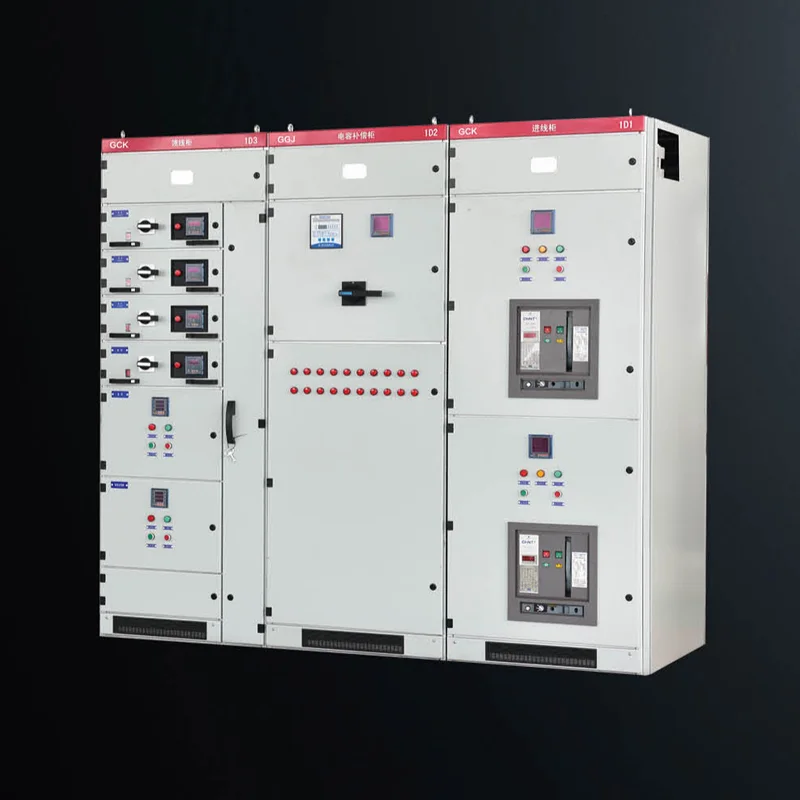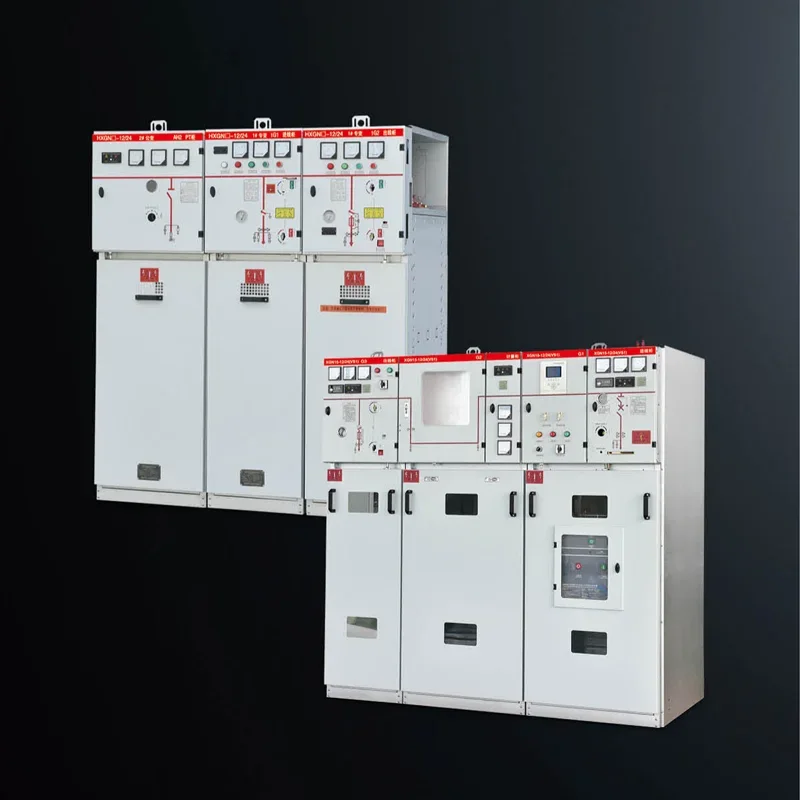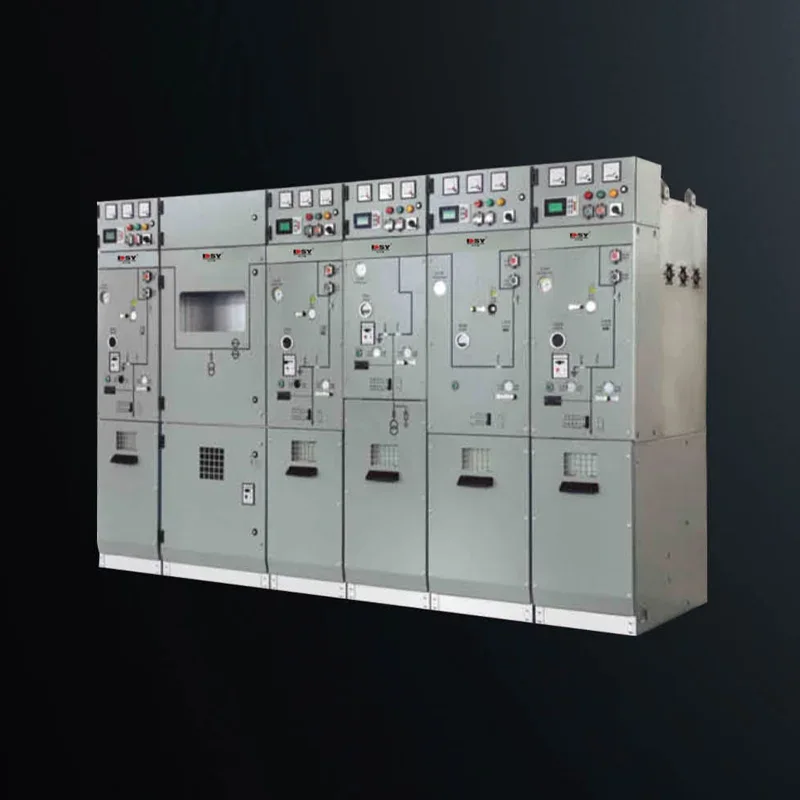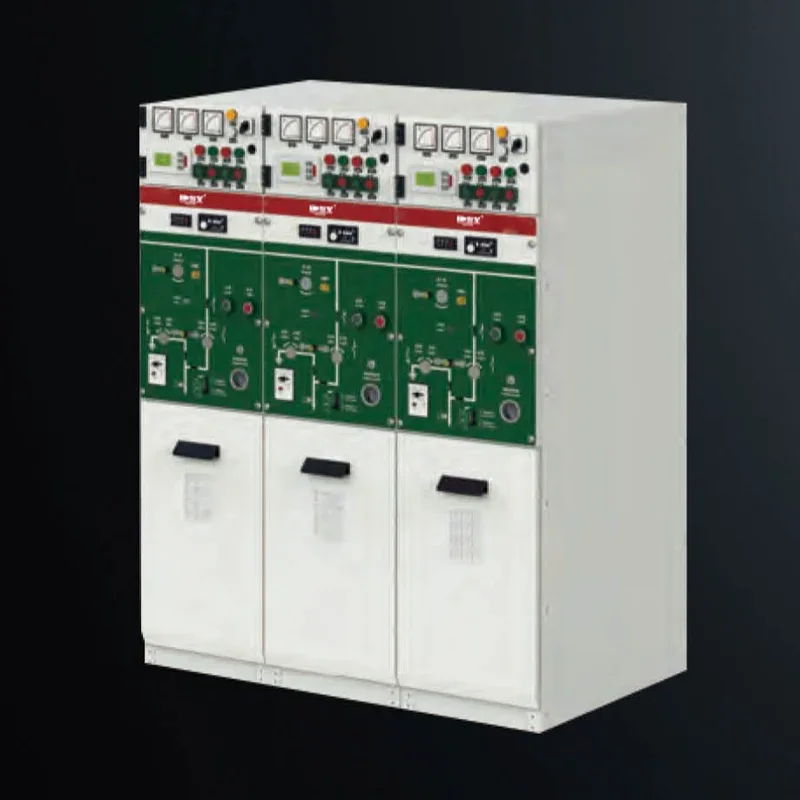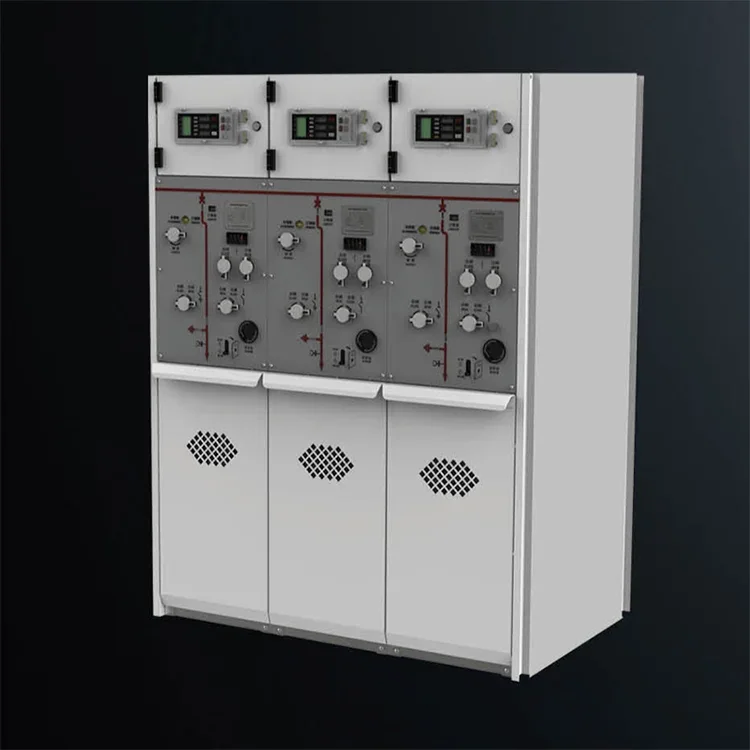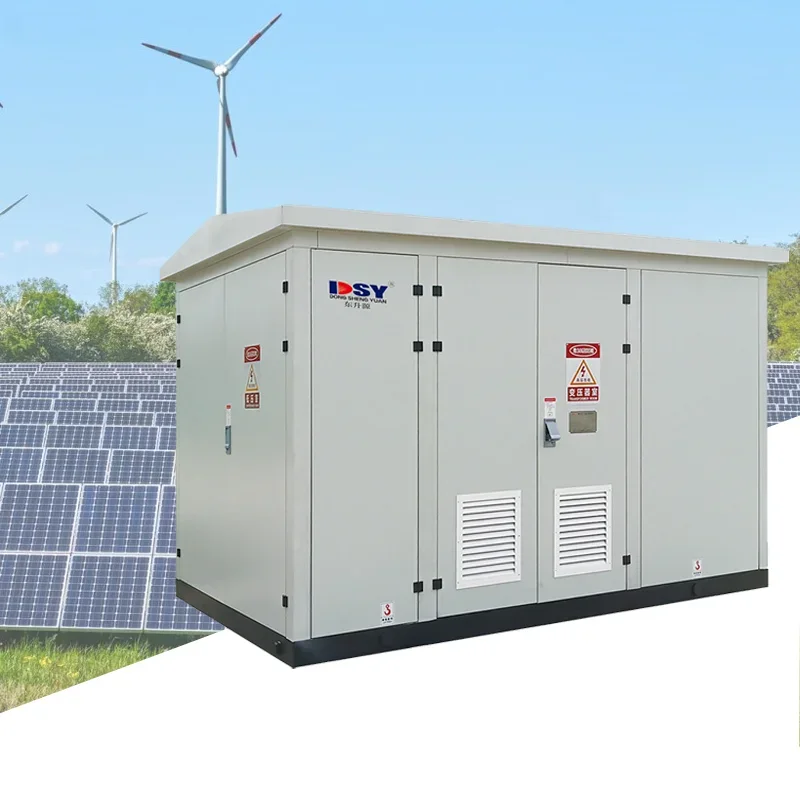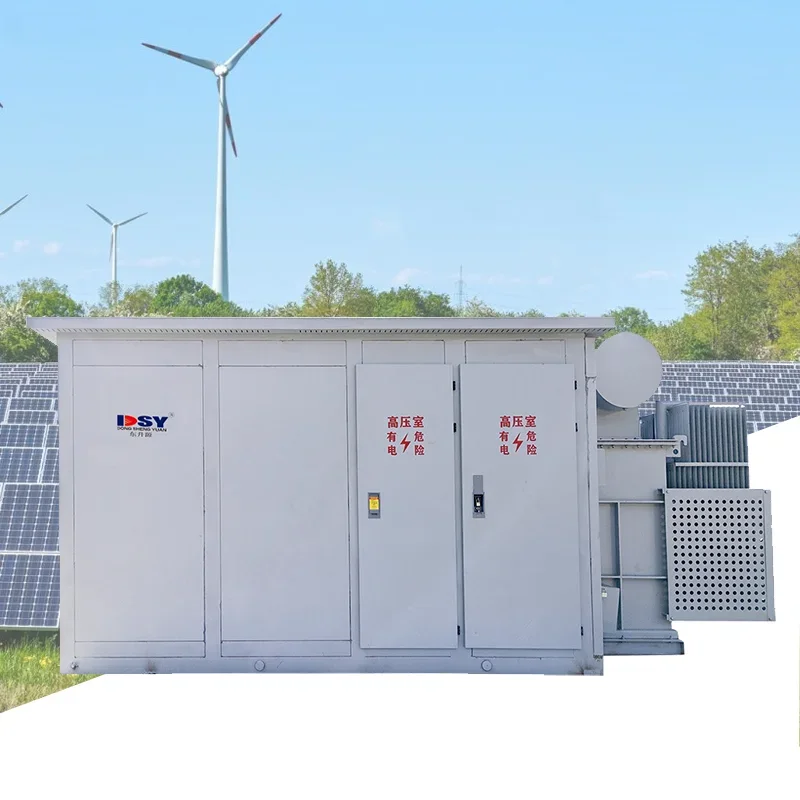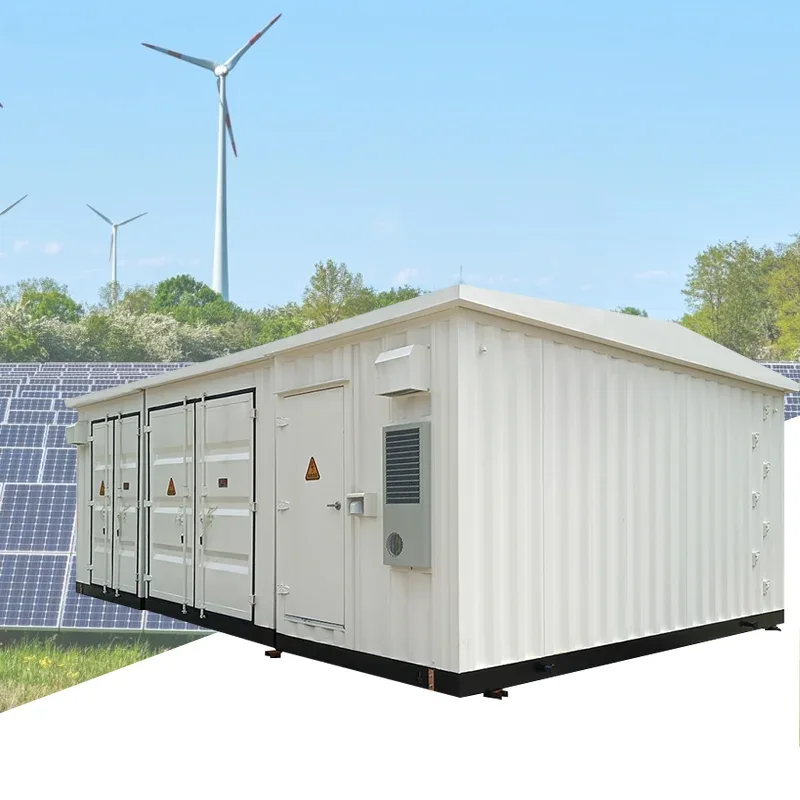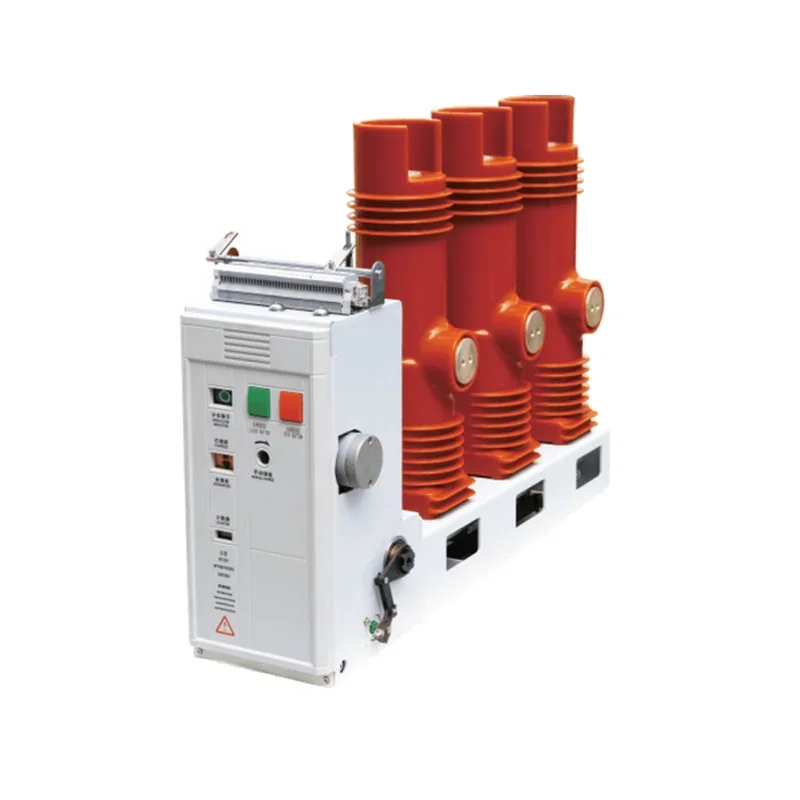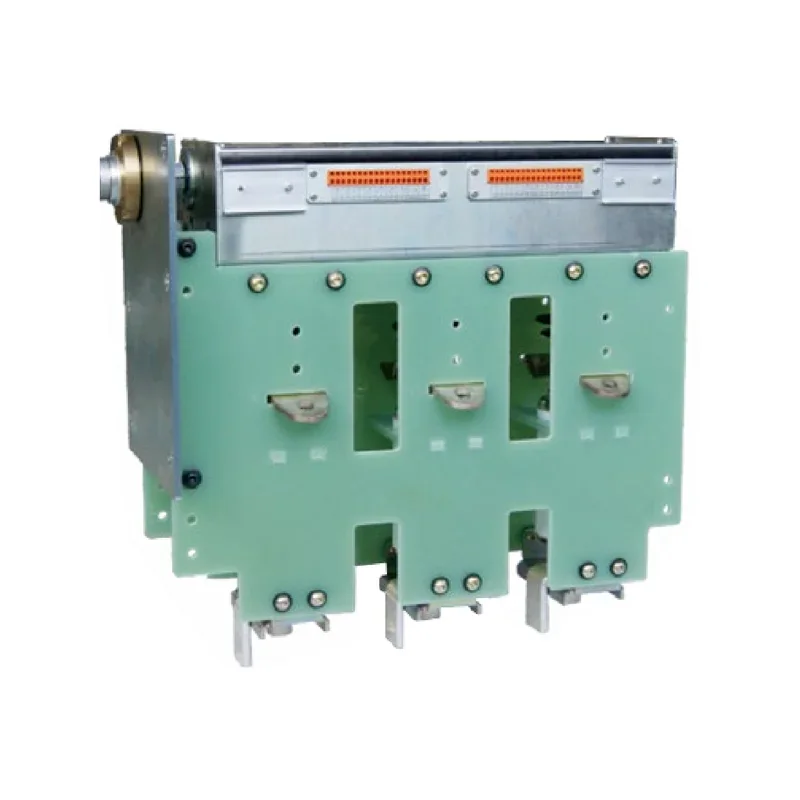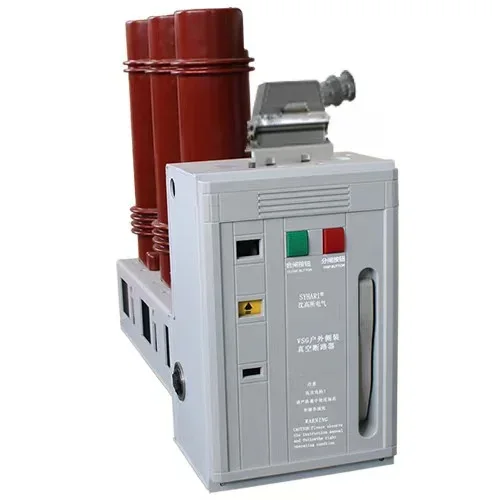Understanding Low Voltage Switchgear: Essential Insights for Electrical Professionals
Low voltage switchgear is an essential component in electrical engineering and plays a crucial role in the distribution of electricity in residential, commercial, and industrial applications. Generally defined as equipment that operates at voltages below 1,000 volts, low voltage switchgear includes various devices designed to control, protect, and isolate electrical equipment. Understanding how th
May 05,2025
One of the primary functions of low voltage switchgear is to provide protection against overloads and short circuits. These protective devices prevent potential damage to electrical equipment and ensure the safety of personnel. They accomplish this through circuit breakers, fuses, and relays, which are integral parts of any low voltage switchgear system. By interrupting the electrical flow during fault conditions, they safeguard both equipment and human operators.
Moreover, low voltage switchgear also facilitates the control of electrical circuits. It includes switching devices that enable operators to turn equipment on and off, as well as manage power distribution across different circuits. This capability is vital in maintaining energy efficiency, especially in larger facilities where multiple systems operate simultaneously. The design and configuration of low voltage switchgear can significantly influence the overall performance of electrical systems, making it essential for engineers to select the right components for specific applications.
In addition to these functional aspects, low voltage switchgear contributes to the overall reliability of electrical installations. Regular maintenance and testing of switchgear can help identify potential issues before they escalate into significant problems. This proactive approach not only extends the lifespan of electrical equipment but also maintains optimal system performance. Engineers and technicians are encouraged to implement routine checks and adhere to industry standards to ensure that their low voltage switchgear operates effectively.
From a safety perspective, low voltage switchgear is designed with various safety features, including enclosure designs that minimize the risk of electrical hazards. These enclosures protect both the equipment and personnel from accidental contact with live parts. Additionally, many modern low voltage switchgear systems incorporate advanced technologies, such as remote monitoring and diagnostics, which allow for real-time performance tracking and help enhance safety protocols.
In conclusion, low voltage switchgear is a fundamental component of modern electrical systems, providing essential protection, control, and reliability. By understanding its functions and applications, electrical professionals can better design, operate, and maintain their installations, ultimately leading to safer and more efficient electrical environments. Investing time in learning about low voltage switchgear can pay significant dividends in terms of performance and safety in the field of electrical engineering.
Related News
The difference between circuit breakers and vacuum circuit breakers
Circuit breaker is an abbreviation for pole type circuit breaker. Circuit breakers are also vacuum circuit breakers
Voltage regulators are required for various places that require voltage control, such as controlling lighting

